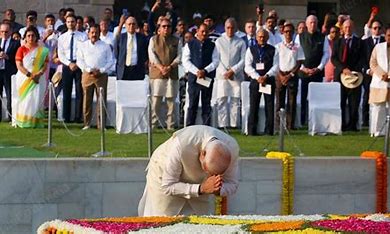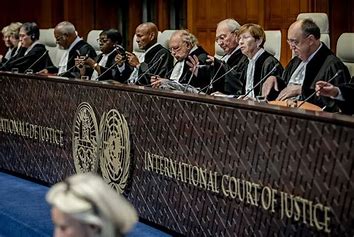
Madhya Pradesh—or the heart of India—is one of the largest states in the country and has lots to offer. It boasts of prehistoric paintings, majestic forts and palaces, and religious sojourns. It is blessed with lush forests with abundant wildlife and several national parks. The beautiful temples of Khajuraho and Orchha are a delight for tourists. The state is rich in mineral resources like diamonds and copper. It also had renowned dynasties, apart from the Rajputs, the Marathas of Gwalior, Indore and Dhar, and possibly the only women rulers of Bhopal! And lately the tourism footfall has also been adding to the national GDP. MP truly is a bouquet of incredible beauty.
MP is home to three UNESCO World Heritage Sites—the Khajuraho temples, the Sanchi Stupa and the Bhimbetka cave shelters—but I am sure most of you know all about these marvellous treasures. Here I would like to talk about my favourite subject, prehistoric wildlife and dinosaurs, which is also an area where Madhya Pradesh does not lag behind.
How many of you are aware that the first dinosaur fossil in Asia was found from the Lameta Formation of rocks at the Bara Simla hills near Jabalpur in 1828? Interestingly, this was just four years after the world’s first fossil was discovered in the UK. It was a time when the term ‘dinosaur’, which means ‘terrible lizard’, had not even been coined yet!
The dinosaur fossil, which was named Titanosaurus indicus, was discovered by Major General Sir William Sleeman, a British soldier and an administrator, also famous for eradicating the organised crime of thuggee. The character of Mowgli in Rudyard Kipling’s The Jungle Book was also inspired by Sleeman’s writings.
A large number of dinosaur eggs, fossilised bones and coprolites (feces) has been discovered from Madhya Pradesh over the years, especially near Dhar, Mandu, etc. Some other Indian dinosaurs which have proper Indian names and now feature in the world dictionary of dinosaurs include my two Gujju dinosaurs: the Rajasaurus narmadensis and the Rahiolisaurus gujaratensis. The Rahiolisaurus has been named after the village of Rahioli, Balasinor where its remains had been found and the Rajasaurus narmadensis is named so because the horn on its head looked like a crown, making him the mighty king of the Narmada, on whose banks most of its fossilised remains had been found.
Likewise, there were the Alwalkeria, the Barapasaurus tagorei—big-footed and discovered in the centenary year of Tagore’s birth—and the Bruhathkayosaurus, which many scientists considered the largest in the world but unfortunately we lost all the fossils in a flood. Then there was the Compsosuchus, which was the size of a chicken, the Dandakosaurus, the Indosaurus, the Indosuchus, the Isisaurus, which was named after the Indian Statistical Institute in Kolkata (it also made for a question in Kaun Banega Crorepati once), the Jainosaurus, named after the prominent palaeontologist Sohan Lal Jain, the Jaklapallisaurus, the Jubbalpuria, named after the town of Jabalpur, and Kotasaurus yamanpalliensis, named after the Kota formation of rocks in present-day Telangana and the village of Yamanpalli.
Madhya Pradesh also boasts of the isolated remains of the Homo erectus found in the Hathnora valley of the Narmada region which indicates that there was a human settlement in the middle Pleistocene. It has been aptly called the ‘Narmada Human’ and could have been an individual aged around 25 to 30 years old.
Bhimbhetka, considered as India’s oldest art gallery is also a UNESCO-certified World Heritage Site. It was discovered by accident in March 1957 by V.S. Wakankar who over a period of time carried out an active and detailed excavation which led to the discovery of 60,000 years of human occupation! The Bhimbhetka caves recently came under the limelight for the discovery of the world’s oldest animal, which has been named Dickinsonia and is approximately 570 million years old, on the roof of one of the caves.
In Ghughua and Umaria are the standing, petrified trunks of trees which have been identified as gymnosperms and angiosperms (monocotyledons) and palms. Some experts have not only found stems, leaves and roots, but also intact fruits with the palm trees, which is something new.
In November 2020, a new site was discovered in Mohantola near Mandla. It has dinosaur eggs possibly belonging to a new species, hitherto not known to be from India. And we thought this state was only about tribes, temples and forts!
‘Doctor Dinosaur’ Aaliya Babi of Balasinor is known for her vast knowledge of the extinct species and her enchanting tours of the dinosaur park that surrounds her garden palace.















